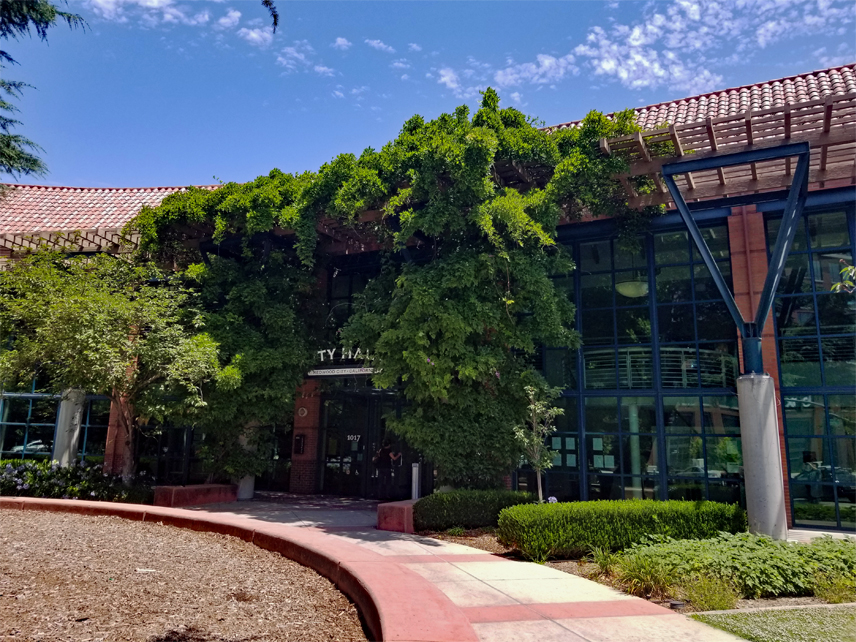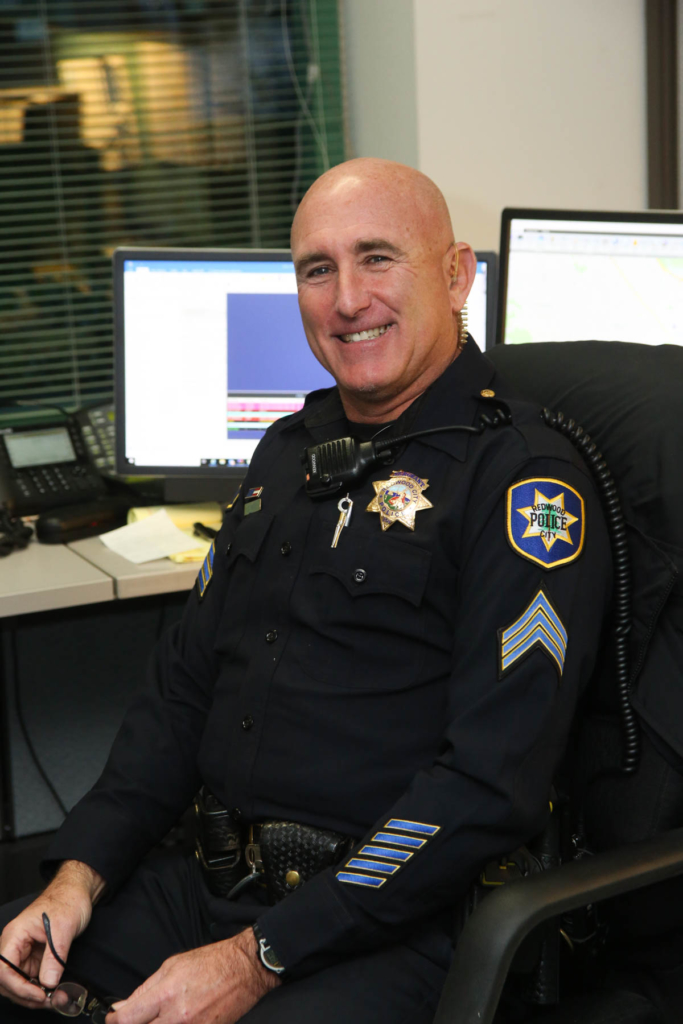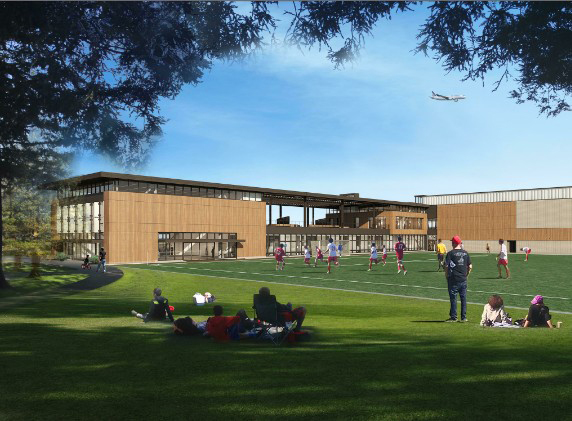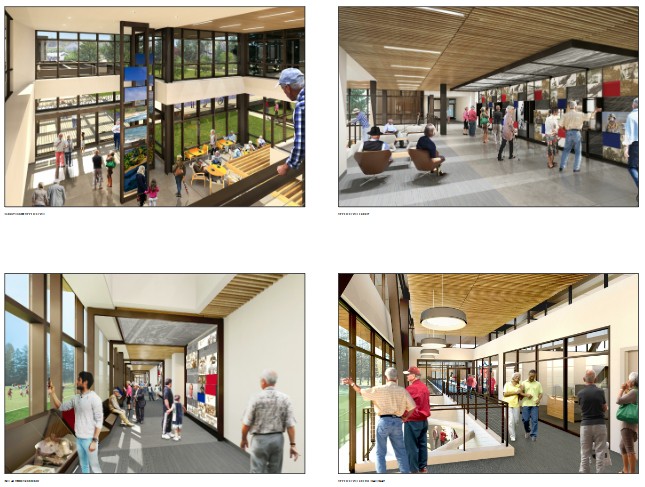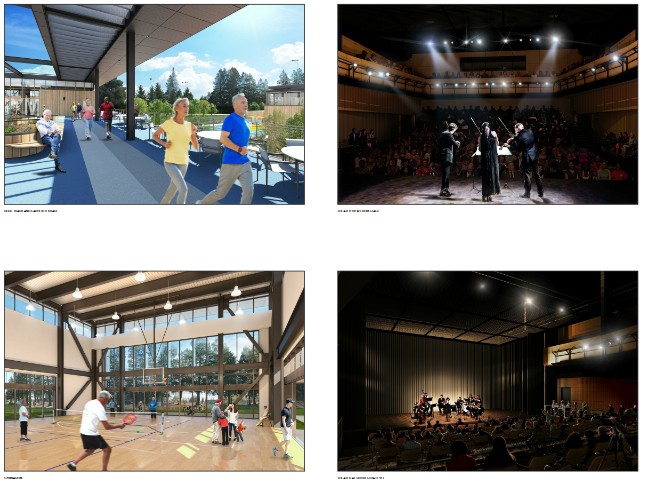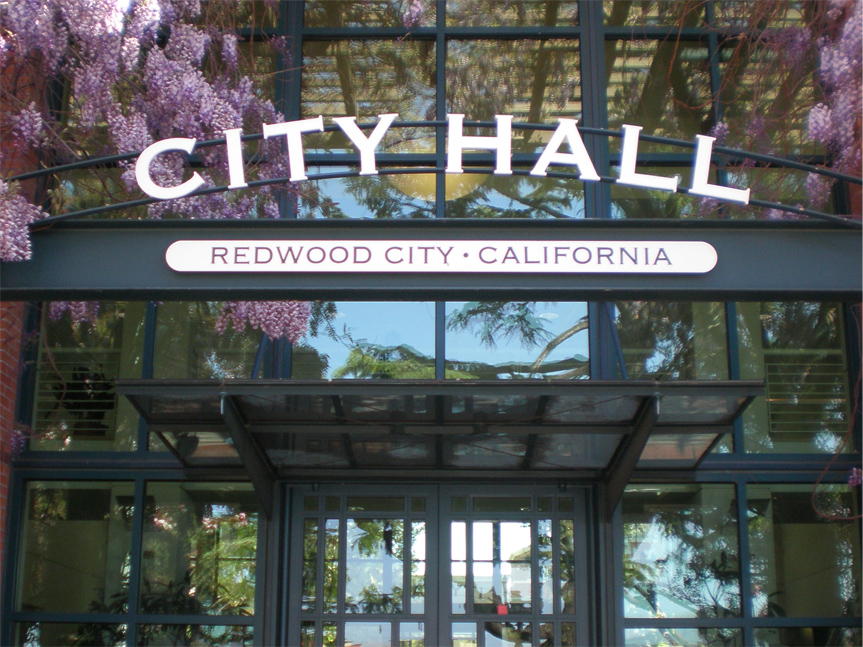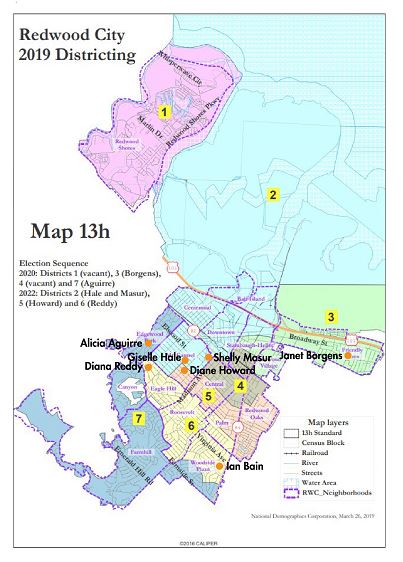Person fatally struck by Caltrain near Hillsdale Station

A person was fatally struck by a Caltrain near Hillsdale Station about 4:22 p.m. today, officials said.
The person, who hasn’t been identified, was “trespassing on the tracks” when struck by southbound train No. 602, Caltrain officials reported. No injuries were reported among the about 300 people on board the train.
The incident has caused trains in the area to hold in both directions, leading to delays.
Check back for updates.


